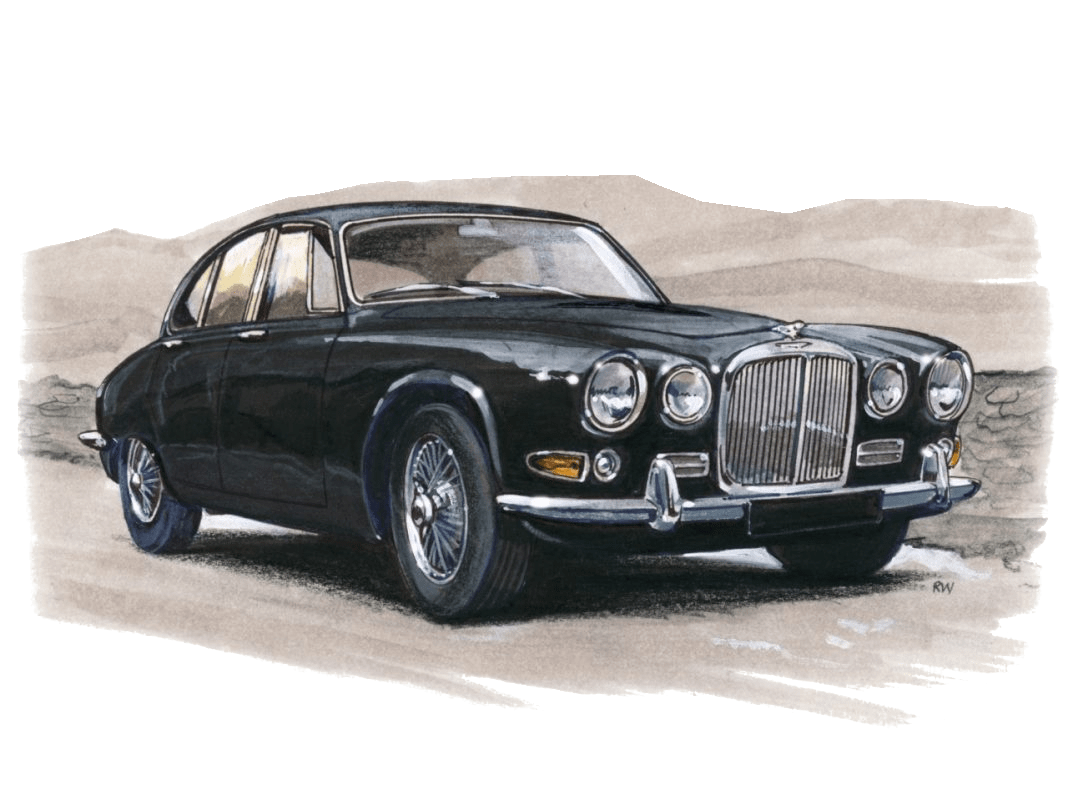
The Jaguar 420, produced between 1966 and 1968, is a captivating model renowned for its sophistication, beauty, performance, and functionality. What sets this car apart, however, and what requires further exploration is the array of safety measures implemented in the design – reflecting Jaguar’s focus on passenger and driver safety. The design not only met the stringent safety standards of its time but also incorporated advanced features that placed it ahead of its counterparts in the realm of automotive safety. Here we delve into the safety measures incorporated in the design of the Jaguar 420.
1. Disc Brakes: Among the 420’s heartening safety features were four-wheel disc brakes fitted as a standard, ensuring an efficient and reliable stopping power. Unlike drum brakes, which were popular at the time, disc brakes provide greater resistance to brake fade – a reduction in stopping power that can occur after frequent or sustained use. Hydraulic servo assistance was also standard, ensuring that even under heavy braking, the effort required at the pedal wasn’t overly strenuous.
2. Safety Glass: Another major safety measure employed in the 420 model was the use of safety glass for all windows. Unlike ordinary glass, safety glass is designed to shatter into tiny, harmless pieces upon impact, rather than sharp shards, reducing the risk of injury. Safety glass not only ensured protection of occupants in times of accidents but also offered better visibility under diverse weather conditions.
3. Padded Dashboard: The Jaguar 420 was also fitted with a padded dashboard. In the event of a crash, a regular hard dashboard can become an injurious hazard. The padded dashboard design of the 420 was meant to reduce such risks, aiming to minimize potential head and chest injuries during collisions.
4. Rigid Monocoque Construction: The 420 employed what was termed a ‘unitary construction’, more formally known as monocoque construction. This design style constructed the body and frame of the vehicle as a single piece, which offered increased rigidity and lower weight than traditional body-on-frame designs. Coupled with its inherent strength, the monocoque construction also offered optimized energy absorption in the event of a collision, effectively distributing the force of the impact throughout the car’s body, thereby ensuring superior passenger protection.
5. Improved illumination: For effective night driving and improved visibility during adverse weather conditions, the Jaguar 420 was equipped with generous lighting through bigger headlight units. In contrast to most vehicles of its time, 420’s quad headlamp layout allowed for better illumination of the road, making for safer travel.
6. Seat Belts: During its era, the Jaguar 420 was ahead of the curve by including front seat belts, displaying the company’s commitment to passenger safety. Wearing a seat belt is one of the simplest and most effective ways to protect vehicle occupants during a crash, likely reducing the risk of death and serious injury significantly.
In conclusion, the Jaguar 420, a beautiful exemplar of British automotive design and engineering, deftly blended top-notch performance, comfort, and innovative safety features. By incorporating everything from the monocoque construction and disc brakes to safety glass, padded dashboards, and seat belts, Jaguar actively contributed to the revolution in automotive safety. Despite its manufacture nearly half a century ago, the Jaguar 420 demonstrated a forward-thinking approach that set a benchmark for the safety components that are now generally regarded as standard.